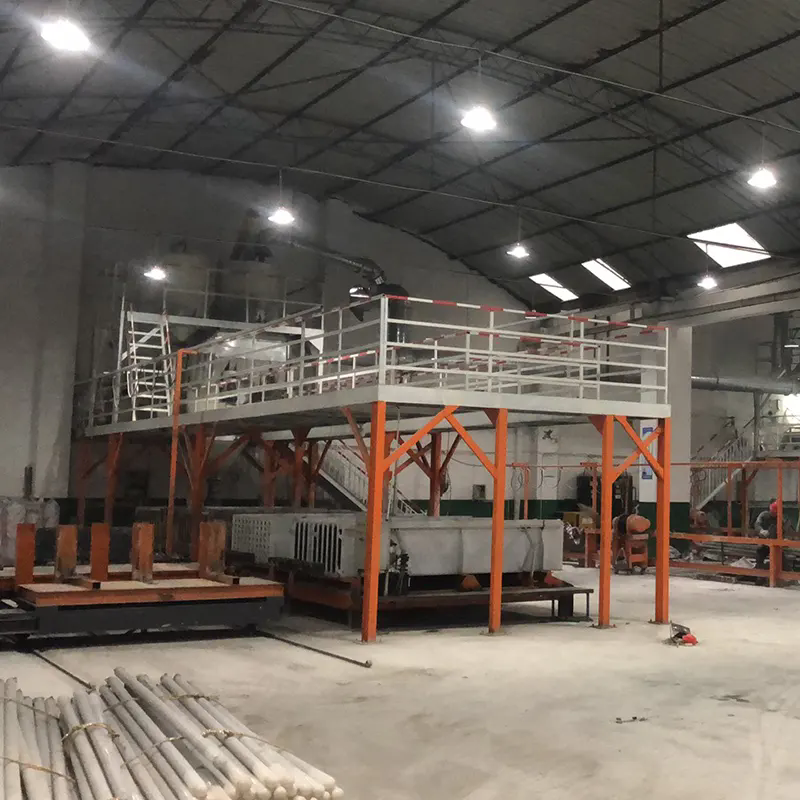Components and Operation of Automated Gypsum Wall Panel Equipment
2024-04-12
Automated gypsum wall panel equipment is specialized machinery designed for the automated production of gypsum-based wall panels. These panels, also known as gypsum board or drywall, are widely used in construction for interior walls and ceilings due to their fire resistance, sound insulation, and ease of installation. The automated equipment streamlines the manufacturing process, increasing efficiency, precision, and consistency. Here's an overview of the components and operation of automated gypsum wall panel equipment:
1. Raw Material Handling: The equipment starts by handling raw materials required for panel production, primarily gypsum powder, paper facing materials (usually recycled paper or fiberglass mats), water, and optional additives such as starches or accelerators. These materials are stored in silos or hoppers and are metered and conveyed to the mixing station.
2. Mixing and Forming: At the mixing station, the raw materials are batched and mixed together to form a homogeneous slurry. The slurry is then poured onto a continuous moving conveyor belt where it is spread evenly to form a continuous sheet. The sheet passes through forming rollers or molds that define the thickness and dimensions of the gypsum panels.
3. Drying: After forming, the gypsum panels pass through a drying chamber or kiln where they are subjected to controlled heat to remove excess moisture and accelerate the setting and hardening of the gypsum. The drying process ensures the panels achieve the required strength and dimensional stability.
4. Cutting and Edging: Once dried, the gypsum panels are cut to the desired dimensions using cutting blades or saws integrated into the equipment. The cutting process may also include trimming edges and adding beveled or tapered edges for easier installation and finishing.
5. Surface Treatment: After cutting, the gypsum panels may undergo surface treatment processes such as sanding, embossing, or coating to achieve desired surface finishes or textures. Surface treatments may also include the application of fire-resistant or moisture-resistant coatings for enhanced performance.
6. Quality Control and Inspection: Throughout the production process, automated equipment may incorporate sensors, cameras, and other inspection devices to monitor and ensure the quality of the gypsum panels. Any defects or irregularities detected are automatically identified and addressed to maintain product quality standards.
7. Stacking and Packaging: Finally, the finished gypsum panels are stacked, bundled, or packaged for transport and delivery to construction sites or distribution centers. Automated handling systems may be integrated into the equipment to facilitate stacking and packaging of the panels, improving efficiency and reducing manual labor.
Overall, automated gypsum wall panel equipment offers a high degree of automation and efficiency in the production of gypsum-based wall panels, contributing to cost savings, quality control, and timely delivery in the construction industry.



